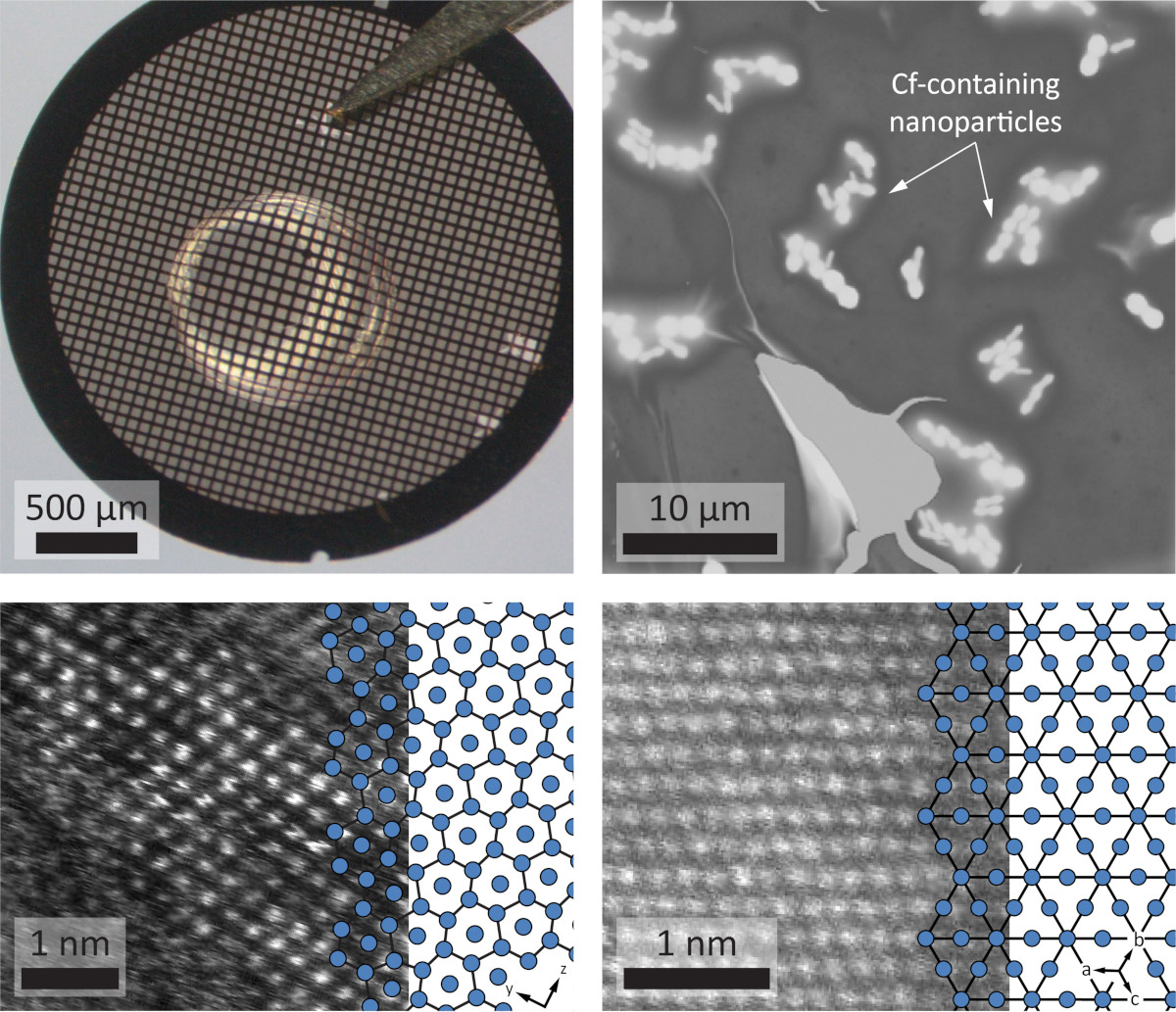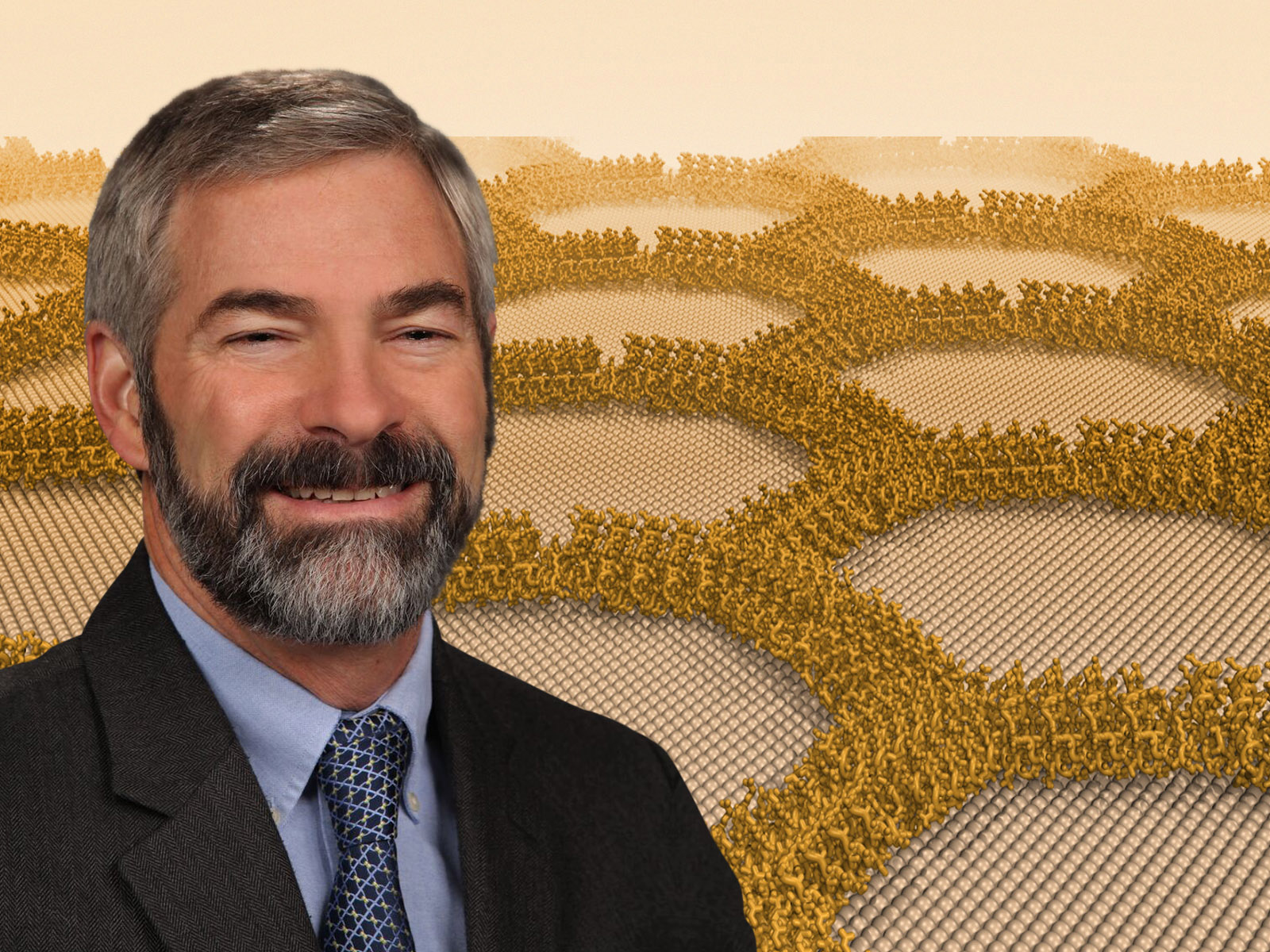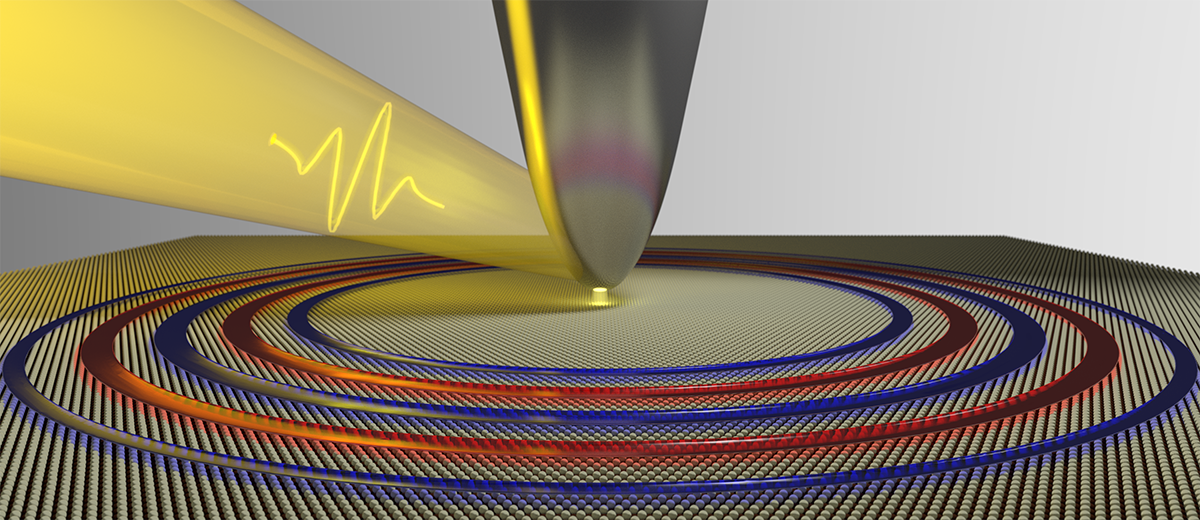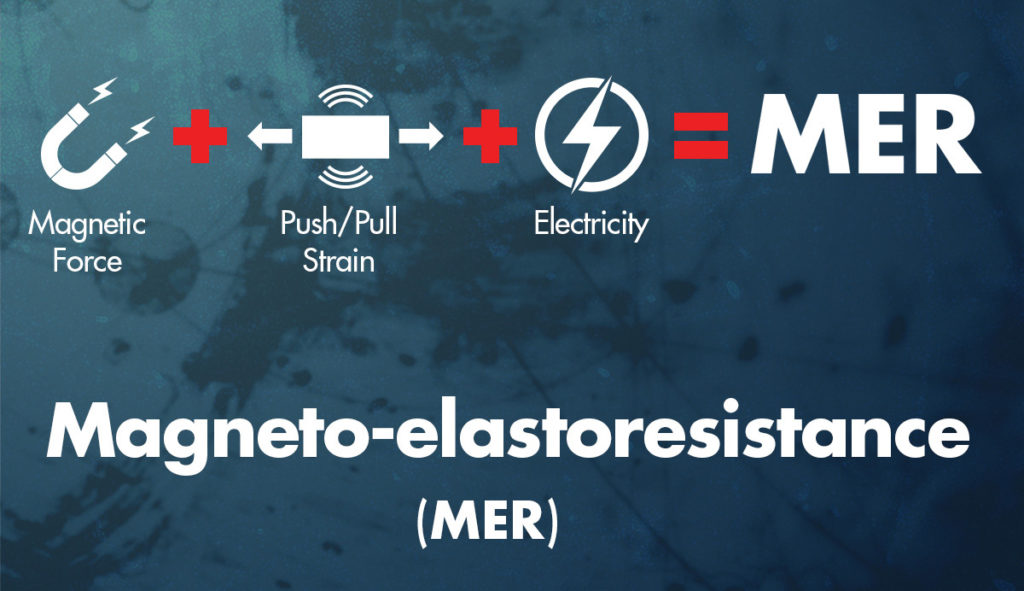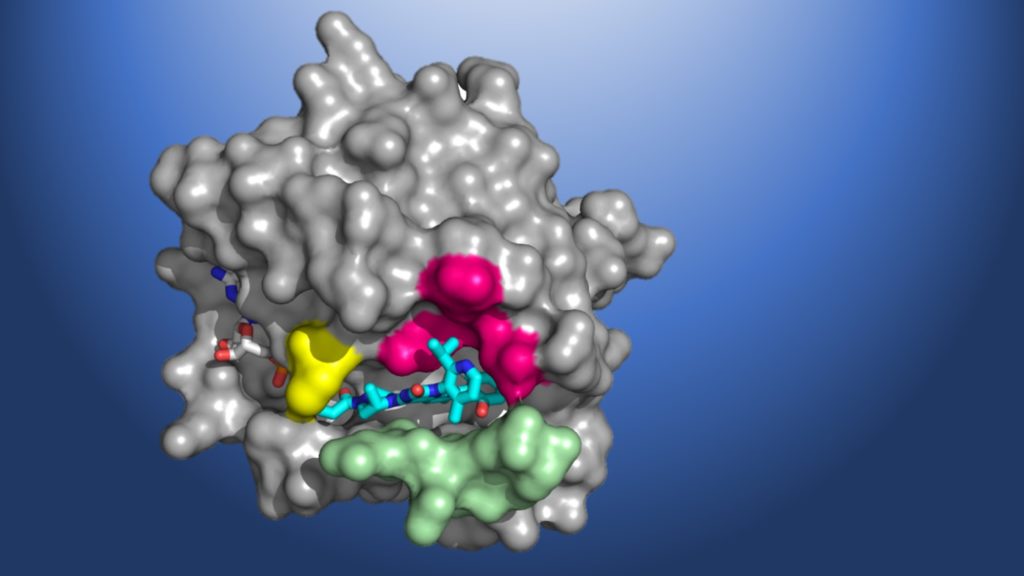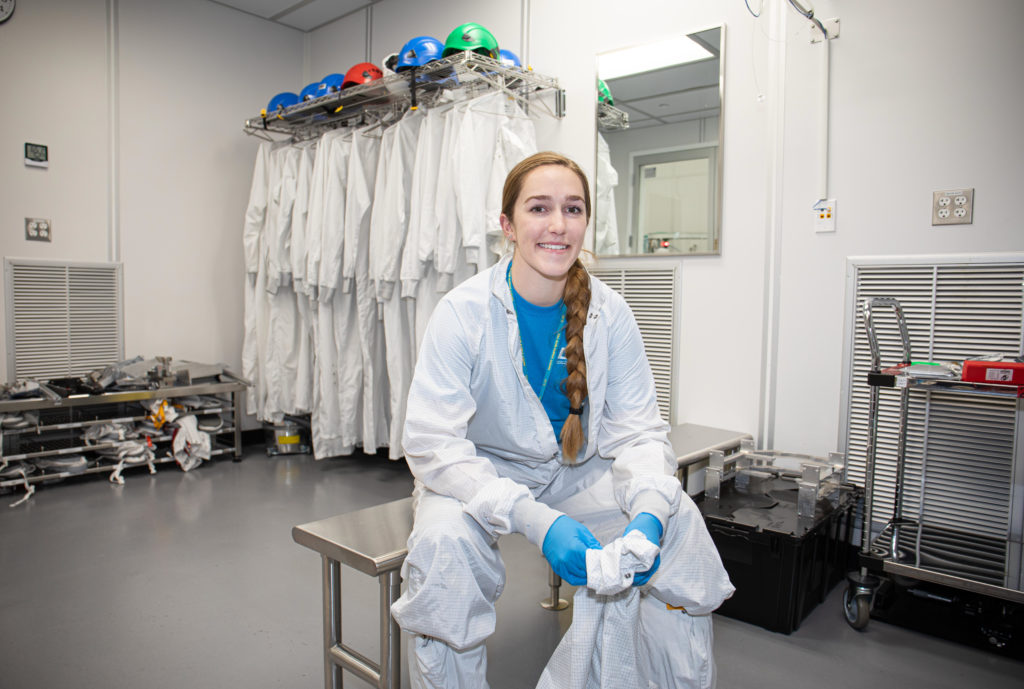For millions of years, underground fungi have lived in symbiosis with plant roots. Researchers have been able to study both sides of this interaction up close, using RNA sequencing to understand gene expression: one of the first cross-kingdom spatially-resolved transcriptomics studies to date.

